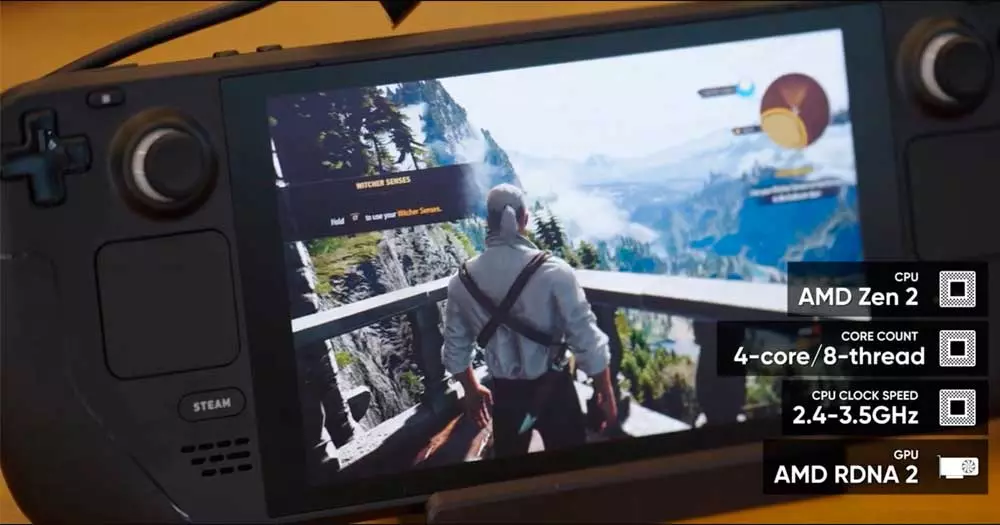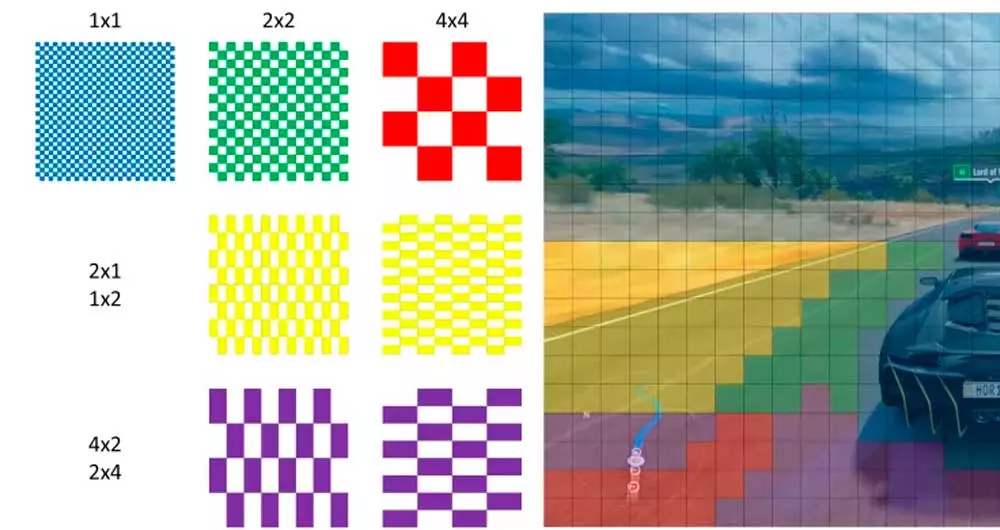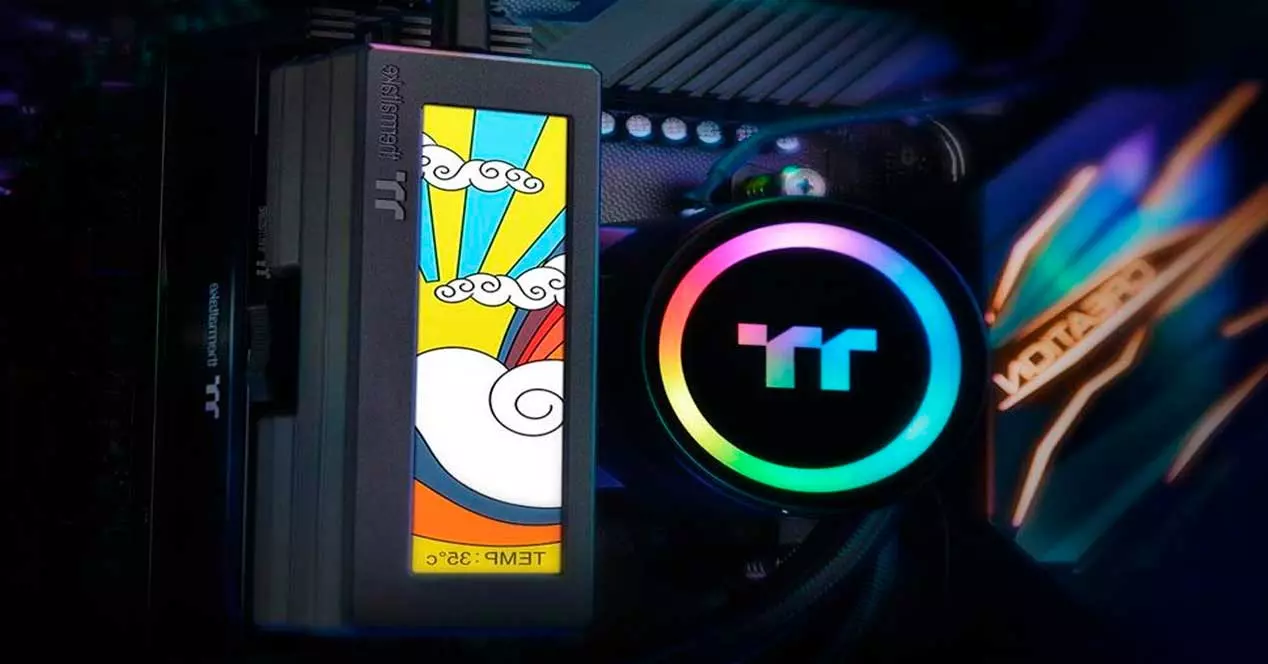
With a confirmed release date, Valve does not stop working finalizing the details of the console and getting ahead of itself as much as possible in its roadmap. Something understandable if we think that it is the first console or laptop that Valve launches on the market and they have all eyes on them, their product and especially the performance that it will give. It has been known that Valve has recently modified the controller Radeon Vulkan (RADV) to provide more control over how Variable Shading (VRS) works to extend the Steam Deck’s battery life further.
With the negative handicap of being subject to what a battery can offer and what this limits the balance between power, performance and, above all, autonomy, one of the biggest concerns for any portable gaming device. Valve developer Samuel Pitoiset is working on an improvement that would involve battery savings and a noticeable improvement in console optimization.
Variable Rate Shading: This is how the Steam Deck saves battery life
The VRS of its acronym in English Variable Rate Shadingwas implemented by Microsoft in DirectX 12, as a feature that its function is to make a game have a differential representation throughout the screen showing different levels of clarity and precision of details depending on how important it is. We have all noticed those landscapes in the distance that do not look as detailed or detailed compared to what we have immediately next to our character. This is transformed and is relevant for Valve with the Steam Deck, because it recreates an ideal and invaluable environment for playing, also improving its performance and fluidity, making the CPU and/or GPU work less, immediately transforming into relevant energy savings .
This function, which has been disclosed in GitLab through Phoronix who discovered the request by Samuel Pitoiset. Where it appears Valve engineers are working on controller improvements Radeon Vulcan, more specifically, to better control how VRS (Variable Rate Shading) behaves at the controller level, so as we mentioned, to have energy savings in the Steam Deck.
“For power saving.
This MR is composed by roughly 3 parts:
[..] It’s now possible to force per-vertex VRS dynamically by writing eg. 2×2 via RADV_FORCE_VRS_CONFIG_FILE (previously the VRS rates were hardcoded in the vertex shaders). This is enabled by default on VanGogh and the default rate is 1×1 if nothing else is set.[…]”
Obviously it is not clear how Valve wants to propose changing the behavior of the VRS, but everything indicates that it is looking to change the behavior of the Steam Deck and how it works with dependencies if it is working with the battery directly, which we remember is from 40Whr or if it is connected to the current with its transformer.





